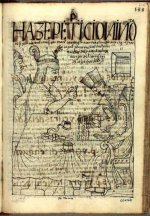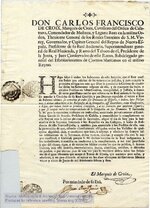gollum
Gold Member
- Jan 2, 2006
- 6,729
- 7,594
- Detector(s) used
- Minelab SD2200D (Modded)/ Whites GMT 24k / Fisher FX-3 / Fisher Gold Bug II / Fisher Gemini / Schiebel MIMID / Falcon MD-20
- Primary Interest:
- All Treasure Hunting
- Thread starter
- #21
Actually, I have to add one more thing to SWR> I can't stop laughing. Now, you are making me think seriously that you don't care a bit about the debate at hand. Only in how much anger you can elicit with outrageous comments. HAHAHA With statements like yours, I HONESTLY don't know whether to take you seriously or not. Methinks you are poking fun.
Best-Mike
Best-Mike













